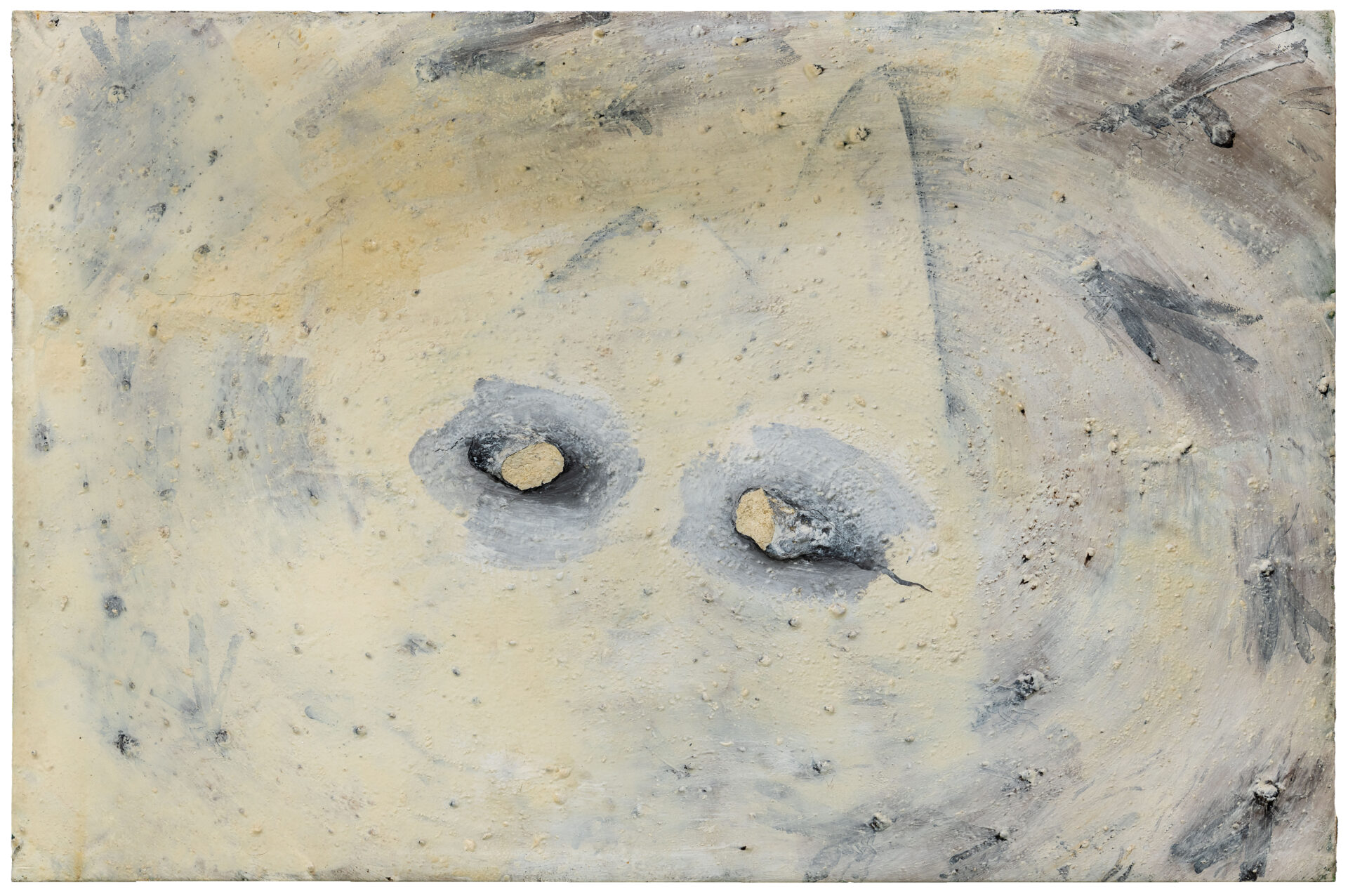Miquel Barceló’s selection at the age of twenty-five for documenta in Kassel in 1982, organised by Rudi Fuchs, was a real mark of international recognition at the start of his career. Since then, he has divided his life between his native Mallorca and his studio in Paris, with intervals in New York and Mali; in the latter he even had a studio, which he was forced to abandon due to the danger of Islamic terrorism in the region. During this African period, in the late 1980s, he produced his well-known white paintings, in which he reaches the height of simplification with surfaces full of little holes and cracks, devoid of any narrative element.
Another of Barceló’s sources of inspiration has been art history, from the cave paintings of Chauvet to the works of the great masters he looks at in museums, which he visits with great frequency. As he himself explains: “I go to museums all the time. The Prado is a museum of paintings very much to my taste: Goya, Velázquez, Titian; I like the Louvre because it has all kinds of things; I like the Cairo Museum, which I find amazing: you can go a thousand times and always find something new. I go to the Louvre every week, and for the last few years I’ve been going to see cave paintings a lot, such as Chauvet, which to me are like great museums.”1
This intense relationship reached its peak in 2004, when he exhibited three hundred drawings, made to illustrate Dante’s Divine Comedy, at the Louvre, becoming the first living artist to have his work shown there. The experience was repeated in 2022, with a collective show on still life.
In fact, Barceló’s work has been seen in museums all over the world, such as the Centre Pompidou in Paris, Museo Rufino Tamayo in Mexico City, the Musée Picasso in Paris, the Palais des Papes in Avignon and the National Museum of Art in Osaka. Barceló also represented Spain in the 2009 Venice Biennale and has created various permanent interventions in public spaces such as Palma de Mallorca Cathedral and the United Nations Office at Geneva.
The Hortensia Herrero collection contains several works by Miquel Barceló, two of which, Doble eucaristía and Mitj borrat gran, are clearly influenced by those white paintings that emerged in Africa.
